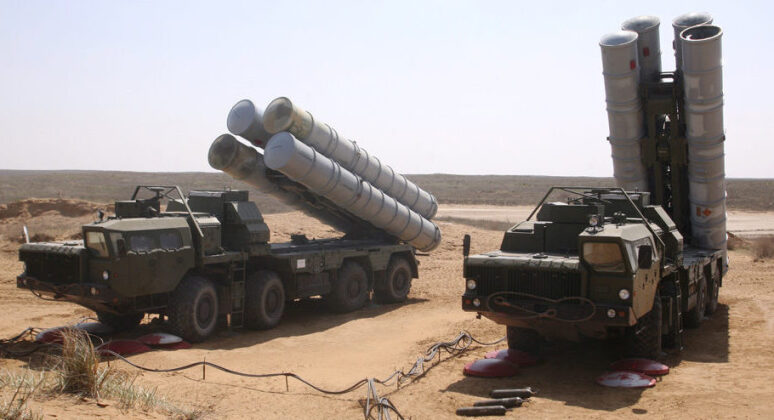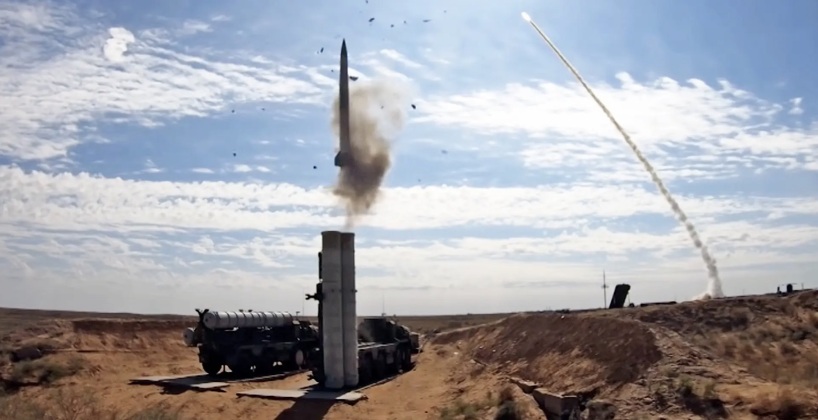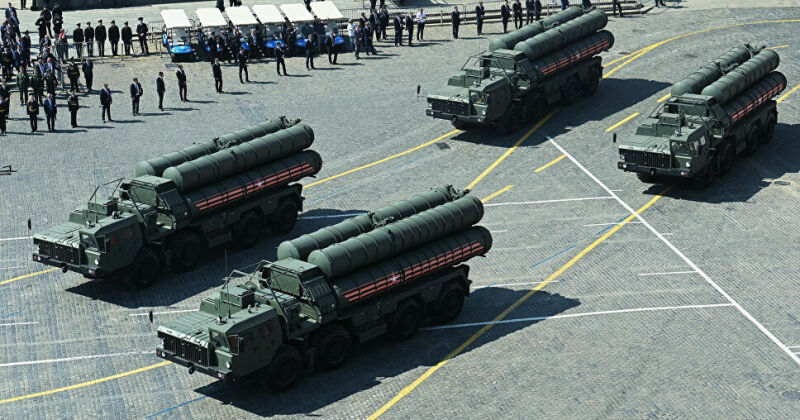Emerging in the 21st century, the S-300 is probably the most famous and widely known air defense system in the world, and is used by several branches of the Russian military, as well as a range of foreign customers from China and Vietnam to Algeria and Iran. Notable combat deployments include the deployment of Ukrainian forces against Russian forces from February 2022, and limited use in the Nagaro-Karabakh War, where both Armenia and Azerbaijan deployed the systems. The system’s advanced capabilities have often made its sales quite politically significant and sometimes controversial, ranging from Russia’s sale to Iran in the 2000s but canceled by Moscow under Western pressure, or the sale to Iran of the S-400 enhanced S- 300 and changed its name to NATO member Turkey in 2016. Although the S-300 system has been in service for 44 years since 1979, it was not until the 1990s that its capabilities began to revolutionize Russia’s air defenses and many of the country’s customers acquired the system. Starting with the S-300PMU series, which entered service in 1992, and how the capabilities of the S-300P series of air defense systems have been significantly enhanced, we can gain insight into the development of air defense platforms and how such capabilities have gained such a significant place in Russia’s defense.

The S-300 entered service in the 1980s as a medium-range air defense system, replacing the aging S-75 in the 1950s, and is equipped with advanced anti-missile and air defense capabilities, very high mobility and the ability to quickly transfer after launch. The long-range air defense mission was then handled by the S-200 system, which has an unrivaled 300-kilometer engagement range and can intercept a variety of targets, including ballistic missiles flying at low supersonic speeds. In comparison, the S-300P had a range of 70 km, while its successor, the S-300PM/PS, entered service in 1985, extending the range to 90 km and improving accuracy. This changed dramatically when the S-300PMU-1 entered service in 1992, and it and its successor received the all-new designation SA-20, with the S-300P/PS series designated SA-10, after Reflects the introduction of brand new functionality. The system introduces long-range capabilities, with its 48N6 missile having an engagement range of 195 kilometers and a speed of Mach 5.8. Although its missiles have a shorter range and slower velocity than the S-200’s missiles, they are less than a quarter the size of the S-200, allowing them to be used in situations where the S-200 is relegated to a fixed location Transport using a mobile launch vehicle. The result has revolutionized the survivability of Russian long-range air defense systems.

While its engagement range is more than double that of the previous generation S-300, the PMU family also introduces the world’s first capability to simultaneously deploy multiple complementary missile types – providing multiple layers of defense within a single unit. The system’s sensors have also been revolutionized to facilitate long-range engagement, combining this with unprecedented compactness and maneuverability. The capabilities of the S-300PMU-1 not only facilitate major exports, especially to China, but also allow Russia to phase out its S-200 units while building a long-range network that is more difficult to destroy. As Russia’s air defense network shrunk rapidly after the collapse of the Soviet Union, although not as dramatically as in the Air Force or most other areas of the armed forces, the ability of a single system to provide three layers of air defense was greatly appreciated. The S-300PMU-1 was succeeded in 1997 by the S-300PMU-2, which introduced the capability to engage medium-range ballistic missiles and made significant improvements to its command post, missile storage, maintenance suite, radar and electronic warfare systems. Individual firing units gain more autonomy, and the system can engage more targets simultaneously.

The S-300PMU-2 eventually paved the way for the development of the S-300PMU-3, which was later renamed the S-400, which entered service in 2007 after a considerable delay, but the production far exceeds its two predecessors combined. New features include an engagement range of 250 kilometers, which was later extended to 400 kilometers, and the ability to intercept hypersonic missiles traveling faster than Mach 8, increased maneuverability, and the ability to simultaneously engage more targets and guide up to 160 missiles simultaneously . However, the S-400’s signature capability is its use of multiple radars in different bands, providing an ultra-long detection range of 600 kilometers for detecting large aircraft, and a detection range of nearly 100 kilometers for detecting fifth-generation Stealth target the size of a fighter jet. Post-Soviet variants of the S-300, including the renamed S-400, have capabilities unrecognized by the Soviet-era medium-range S-300P/PS/PT systems and can serve a wider range of roles. As the Air Force shrunk rapidly in the 1990s and modernization was slowed by the cancellation of a promising fifth-generation fighter program, the S-300PMU-1, PMU-2 and S-400 ensured that mobile ground systems would be relied upon more and more with Post-Soviet Russia offers a means of defending the country’s airspace that is considered more cost-effective than the Soviet era.

